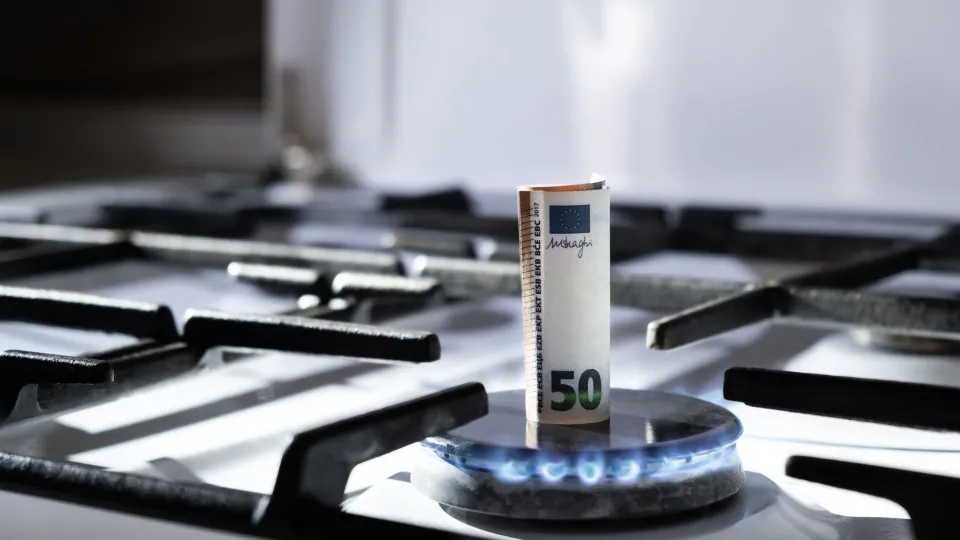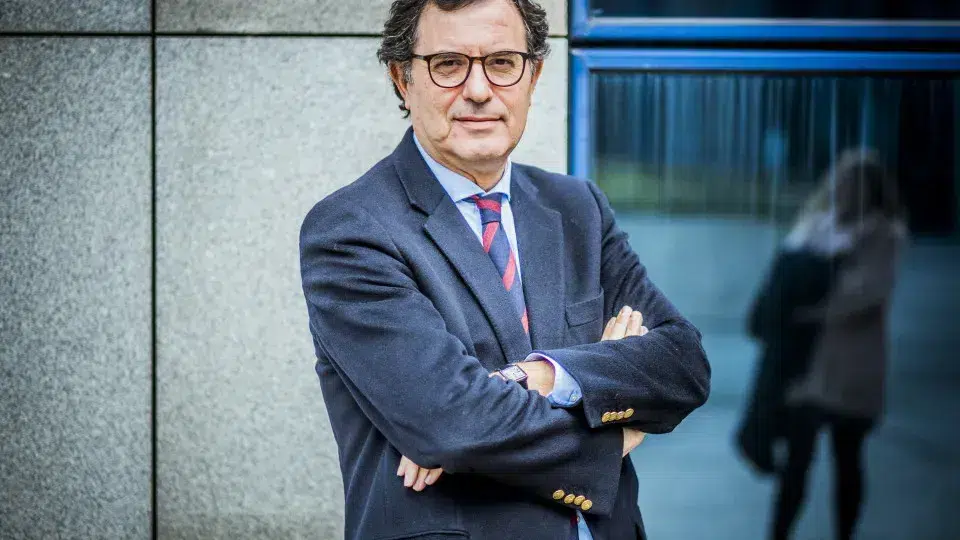
“Hidden costs are surprising consumers” when using vouchers from the E-Lar program, which supports the exchange of household appliances, according to DECO PROteste.
“Although the E-Lar program vouchers subsidize the purchase of appliances and, in some cases, the transportation and installation of equipment, many consumers are facing unexpected expenses to take advantage of the offer,” the consumer protection organization states.
Complaints began to emerge during the initial wave of application responses, DECO PROTeste reports.
Hidden Costs as an Unexpected Expense
“The voucher issued to families benefiting from the social energy tariff subsidizes the exchange of appliances and even the costs of delivering and installing the equipment. However, the program says nothing about the costs of uninstalling old devices or the mandatory gas capping service when a gas outlet is deactivated,” explains DECO PROteste.
“Consumers must cover all expenses for these services, without which it is impossible to exchange a water heater for a boiler, a stove for an induction hob, or a gas oven for an electric one.”
“In some cases, installers are also requiring a prior visit to the work site to assess whether the installation location is ready for the new equipment or needs some adaptation. This visit is additionally being charged to applicants, catching them off guard,” DECO PROteste adds.
All Services from the Same Supplier
There is also another issue: “Since the E-Lar program voucher is for one-time use, consumers interested in exchanging several appliances are obligated to purchase all devices from the same supplier. DECO PROteste has previously criticized this requirement, as it prevents consumers from choosing each appliance from the supplier offering the most favorable conditions.”
Moreover, “the one-time use voucher also requires consumers to contract all additional services at the location where they selected the new appliances,” an obligation that applies to all types of applicants, whether with a social or standard electricity tariff.
“Even if these consumers want to withdraw from the process or change suppliers, they can no longer do so because it is not possible to reclaim a voucher already allocated to a supplier,” the organization notes.
Attention!
DECO PROteste recommends that consumers should request quotes from various stores before providing their voucher code. “It is very important to account for not only the prices of new appliances but also potential technician visit costs, possible adaptation works, equipment uninstallation services, and gas capping services.”
And caution: “During this quote collection process, consumers should not provide their voucher, as it may be immediately reserved. The voucher should only be given to the chosen supplier to proceed with the entire process and accept the budgeted additional costs.”
Other Issues
DECO PROteste has also received “substantiated reports that the system did not recognize applicants’ tax identification numbers (NIF) or point of delivery codes (CPE) as belonging to electricity contract holders and that “these consumers had their data validly confirmed, yet the system automatically excluded them from the program.”
“Despite being certain of their eligibility, these consumers could only complain via the program’s email, as no other contact channel was available to support applicants,” according to the consumer protection organization’s website.




